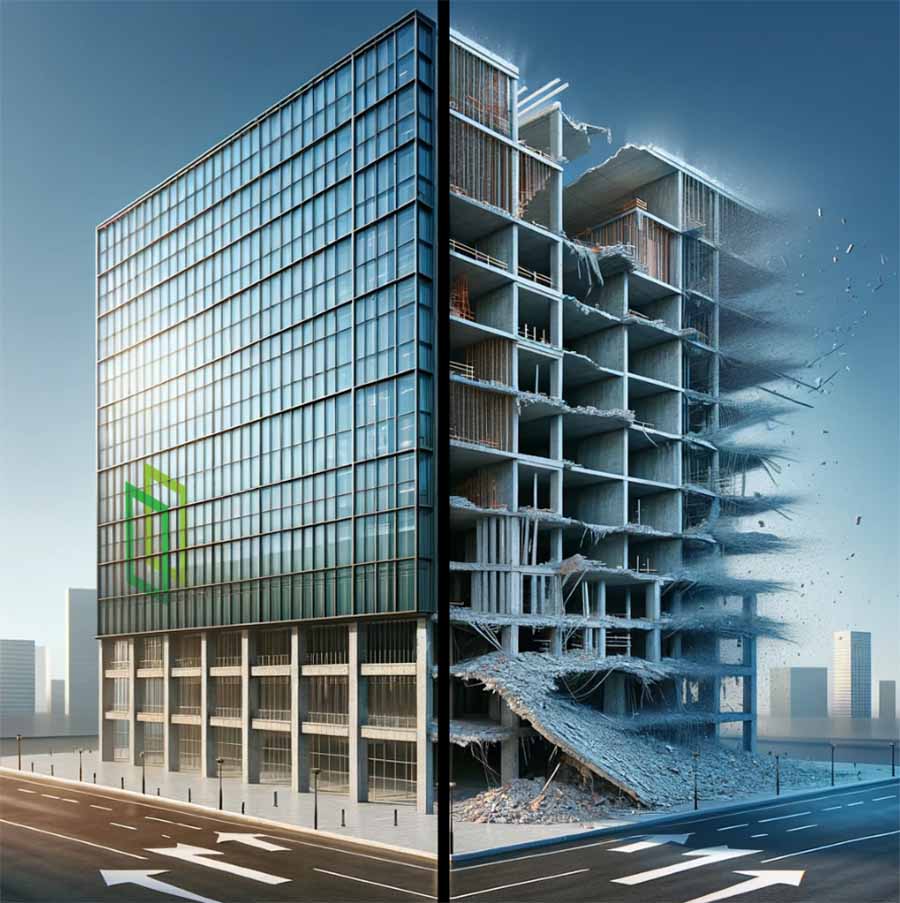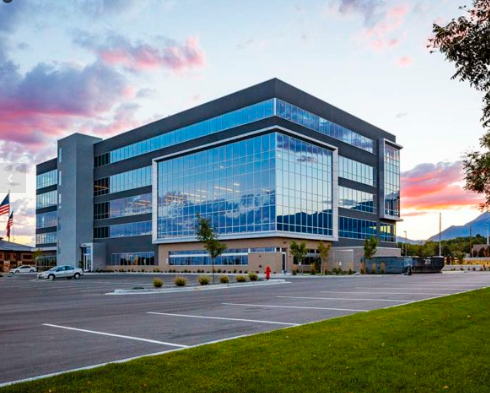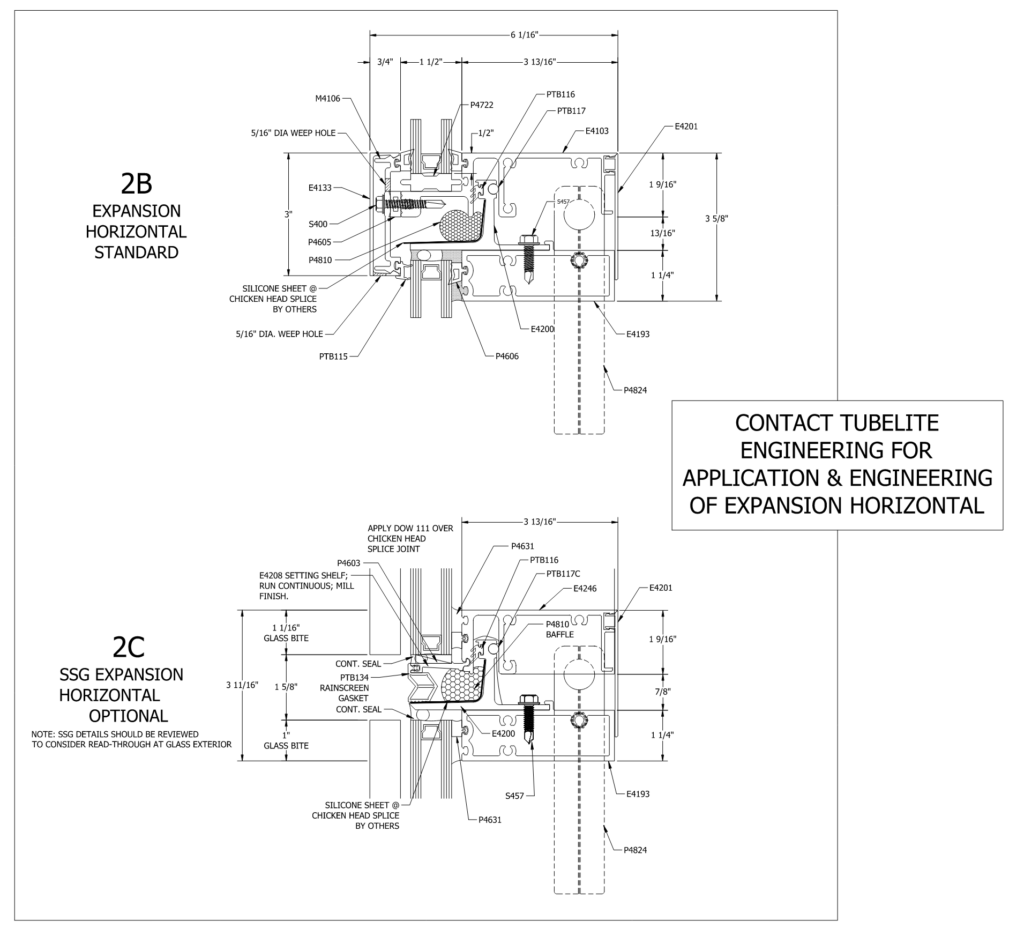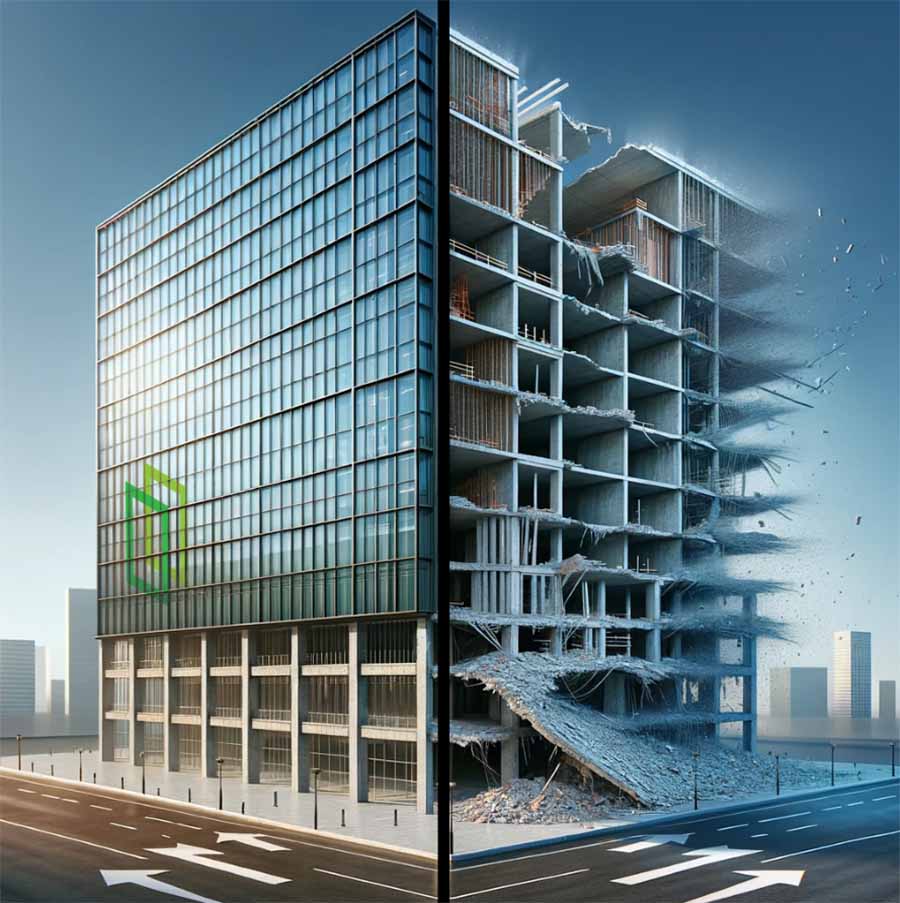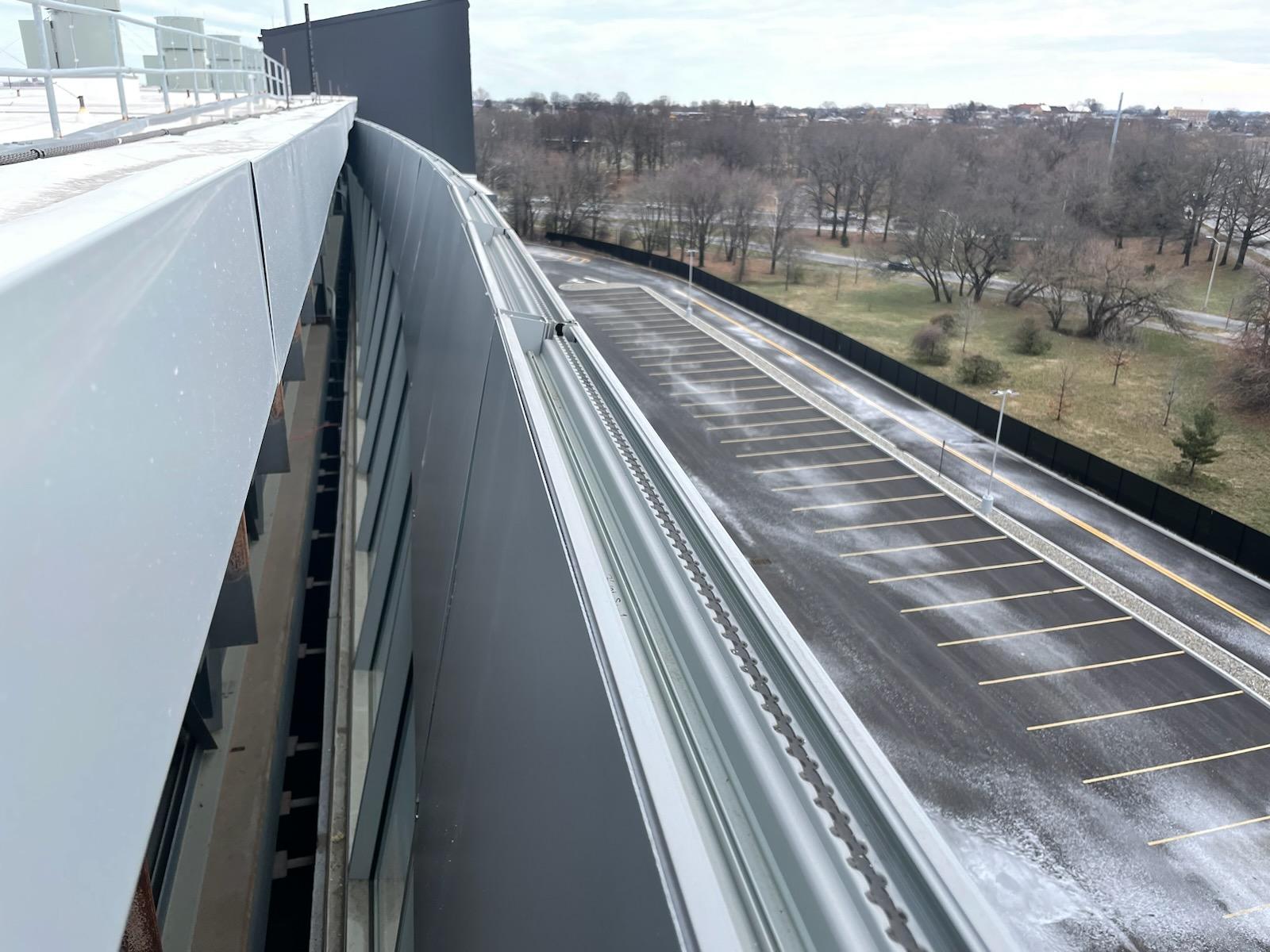The Essential Conversation: Building Movements and Glazing Systems
In the intricate dance of construction and design, there’s a conversation that’s often whispered, sometimes silenced, but always crucial: the dialogue about building movements and their impact on glazing systems. It’s a chat that, despite its technical veneer, boils down to a simple truth—buildings move, and we need to talk about it.
Why We Can’t Just “Keep Things Moving”
It’s tempting, isn’t it? To keep the project rolling, avoid complex questions, and hope for the best. But here’s the catch—buildings aren’t static. They sway with the wind, expand with the heat, and shift with the load. And while it’s easy to assume these movements are minimal, the reality for glazing systems can be far from it.
Ignoring building movements isn’t just overly optimistic; it’s a gamble with high stakes. It’s like expecting a tightrope walker to perform without acknowledging the wind—risky, at best. Engineers who dive deep into these considerations aren’t being overly cautious; they’re being smart, ensuring that the beauty and functionality of glass facades endure the test of time and nature.
The Technical Talk: How Much Movement Are We Dealing With?
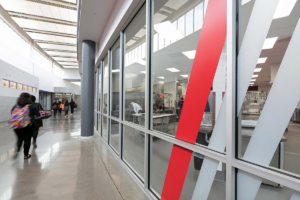
Tubelite 4500 Series Storefront Framing
Let’s get down to brass tacks. Typical stick-built storefront systems are like the rigid characters in our story—they don’t take kindly to movement. [Tubelite 4500 Series Storefront Framing shown to the right] With no head receptors, they’re pretty much set in their ways. But introduce a head receptor, and they begin to show some flexibility, accommodating up to about ½ inch of movement.
Curtain wall systems, on the other hand, are the more adaptable characters. Simply supported systems, with their trusty T/F anchors, can technically handle up to 2 inches of movement. But, let’s be real, no one’s keen on caulking a 4-inch head joint. So, in practice, we’re looking at about ½ inch before things start to look…well, unsightly.
And what about when we want to push the boundaries further? Or need to dead-load our frames directly to the floors themselves? Enter expansion horizontals. These nifty additions to curtain walls are like the secret passages in a castle, allowing for more movement while keeping everything gracefully intact. They’re our ace in the hole, enabling us to design with more freedom and less worry. However, the design team needs to accept a change to the aesthetics of the system.
The Conversation We Need to Have
So, why aren’t we talking about this more? It’s time to bring this conversation from the whispers of the construction site to the forefront of our planning meetings. Architects, engineers, glaziers—we all need to be in on this. Understanding the dance of building movements and designing glazing systems that can move with the rhythm is not just smart; it’s essential.
We need to challenge the notion that addressing these issues is an exercise in caution. It’s an exercise in responsibility. By asking the tough questions early, we’re not slowing down the project; we’re safeguarding its future.
The Structural Ballet: Dancing with L/360
Understanding the structural ballet of our buildings is key. Many structural engineers design with an L/360 criterion, a standard that, while robust, presents its own set of challenges for glazing systems. Take a 30-foot beam, for instance, which under this criterion can experience up to an inch of deflection. Accommodating this in glazing systems is no small feat.
What is the L/360 Rule?
The L/360 rule is a guideline used in structural engineering to determine the maximum allowable deflection in a beam or structural member. This rule helps ensure that structures are both strong and flexible enough to support expected loads without excessive bending or deflection, which could cause damage to the structure or its finishes.
“L” in L/360 stands for the span length of the beam or structural member, which is the distance between two points of support, such as the length of a beam between two columns. The “360” is a constant that represents a fraction of the span length.
To apply the L/360 rule, you divide the span length by 360. The result gives you the maximum allowable deflection for that span. For example, if you have a beam with a span of 18 feet (or 216 inches), the maximum allowable deflection under live load (temporary load such as people, furniture, wind, snow, etc.) would be 216 inches / 360 = 0.6 inches. This means that under the maximum expected live load, the center of the beam should not deflect (sag) more than 0.6 inches.
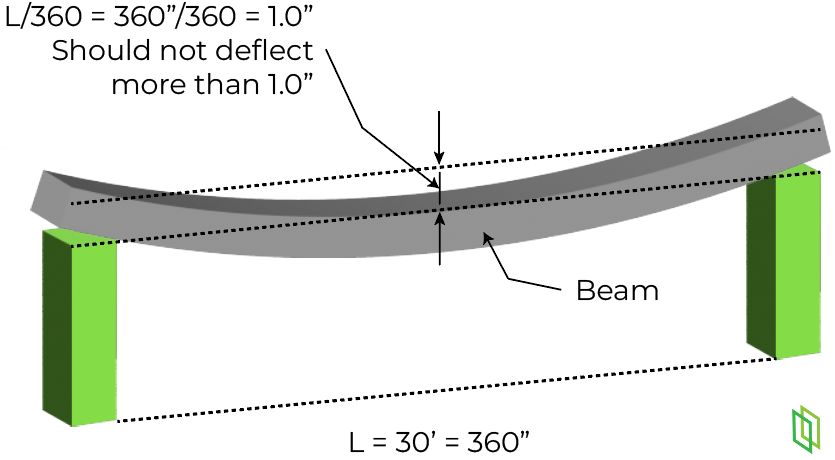
This is where the specificity of RFIs (Requests for Information) becomes paramount. It’s not enough to work with theoretical worst-case scenarios. The RFIs need to demand the actual calculated deflection, giving glaziers the precise data they need to avoid over-engineering with unnecessarily large caulk joints or superfluous components.
When it comes to the L/360 rule, keep this in mind. The “360” in the L/360 rule is not a fixed value and can be adjusted based on the required tolerance for a specific project. For instances where a tighter tolerance is necessary, the divisor can be increased, such as L/600, to allow for less deflection and a more rigid structural support. Conversely, for applications where greater flexibility is permissible, the divisor might be lowered, reflecting the project’s specific needs and ensuring optimal balance between strength and flexibility.
Contractual Obligations
Addressing building movement is not just a matter of best practice; it’s often a formal requirement embedded within the delegated design specifications of a project. Specifically, when it comes to glazing systems, these specifications detail the necessary accommodations for building movements, ensuring that the systems are designed with the flexibility and resilience needed to withstand the dynamic forces at play.
Listed in many common performance requirements are failures that the delegated design engineer must review and address when analyzing the actual building movement: Thermal stresses transferring to the building structure, glass breakage, loosening or weakening of fasteners, attachments, and other components, and failure of operating units.
This requirement underscores the importance of a collaborative approach, where architects, engineers, and glaziers align their expertise to meet the precise demands of the project, turning challenges into opportunities for innovation and structural harmony.
Empowering Construction: Education, Collaboration, and the Future of Glazing Systems
As we wrap up our discussion, it’s clear that education and collaboration stand as the cornerstone of navigating the complexities of building movements and glazing systems. Bridging the gap between the theoretical knowledge imparted in architecture schools and the practical expertise of engineers and builders is paramount. We must foster an environment where architects, engineers, and glaziers are not only aware of the limitations and capabilities of glazing systems but are also equipped to address these challenges creatively and effectively.
In this light, LearnGlazing.com emerges as an invaluable resource for professionals across the construction and design spectrum. It offers comprehensive training tools designed to enhance understanding and competency in dealing with the nuances of glazing systems. By leveraging such resources, companies can ensure their teams are well-prepared to engage with the technical demands of modern construction projects, turning potential obstacles into opportunities for innovation.

The necessity of integrating education with practical application cannot be overstated. It’s not just about asking the tough questions or adhering to stringent design specifications; it’s about fostering a culture of ongoing learning and collaboration. This approach not only safeguards the structural integrity and aesthetic appeal of our buildings but also ensures that they can gracefully withstand the test of time and nature.
So, let’s move beyond merely standing tall on day one. Let’s aim for our glass facades to continue reflecting the sky, framing the views, and inspiring awe for years to come. This journey begins with a crucial conversation about building movements—a dialogue that is now more accessible and actionable than ever before, thanks to platforms like LearnGlazing.com. Let’s talk, let’s learn, and let’s build better, together.

